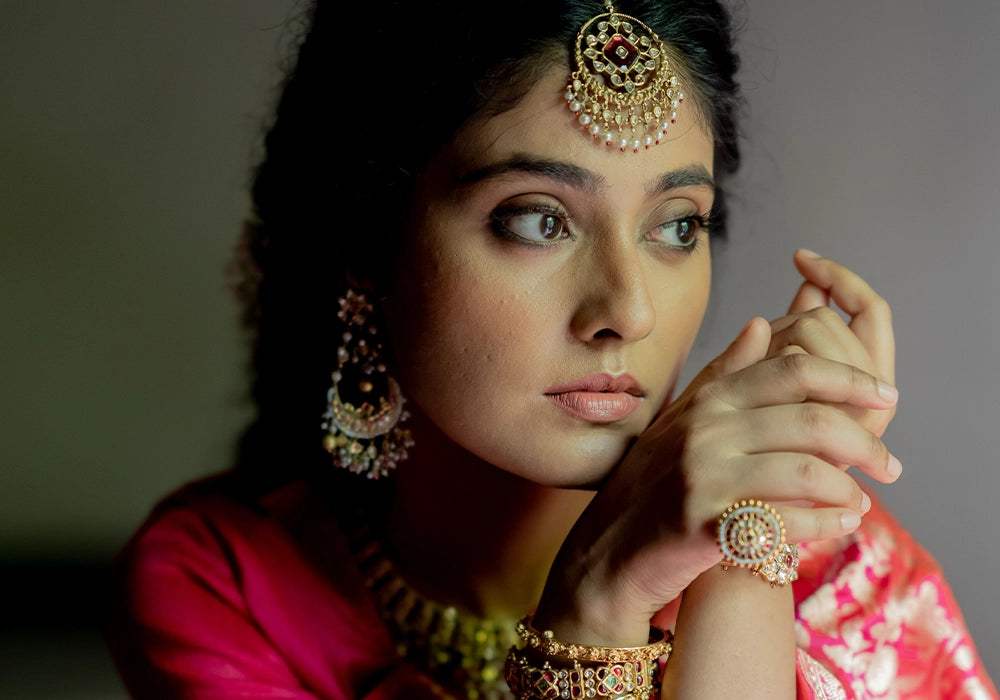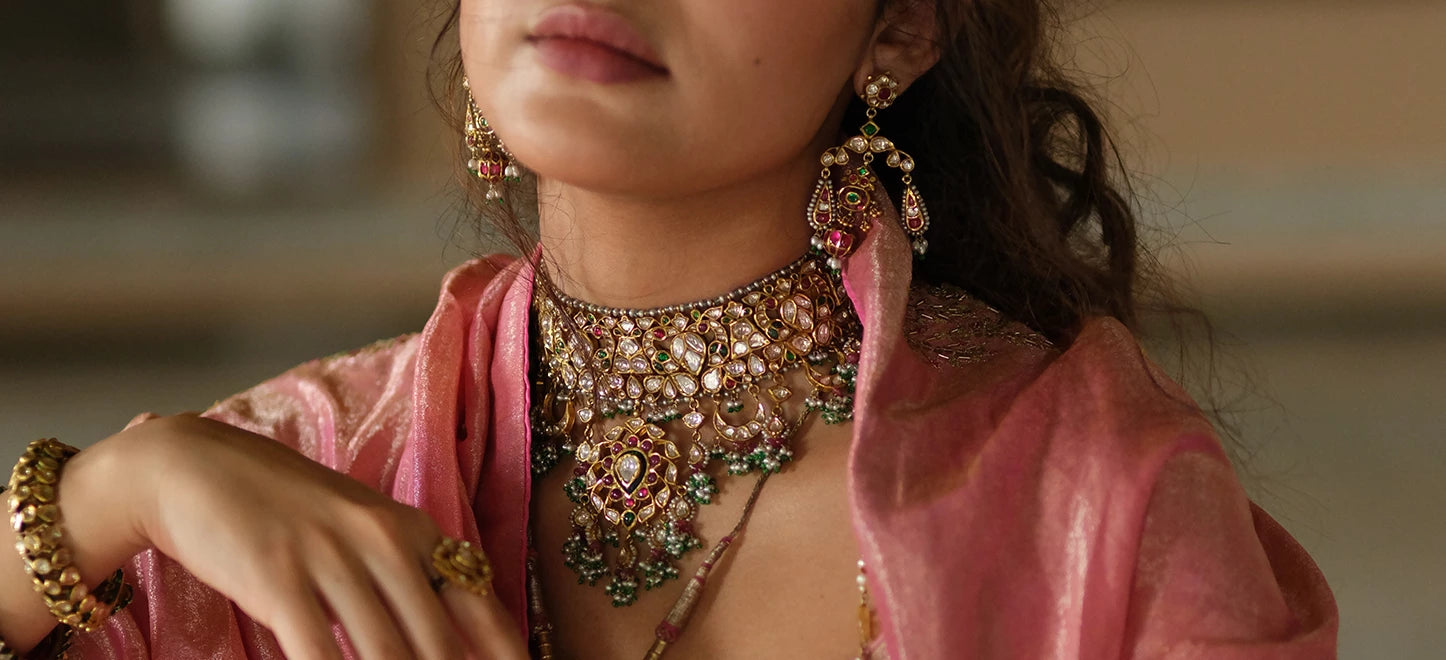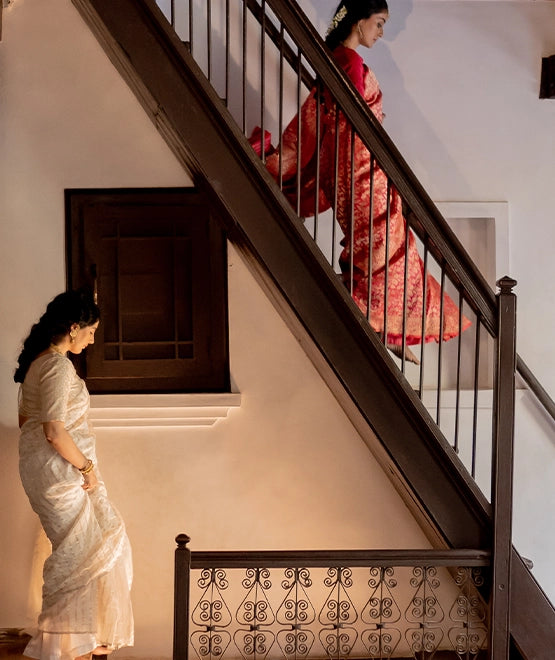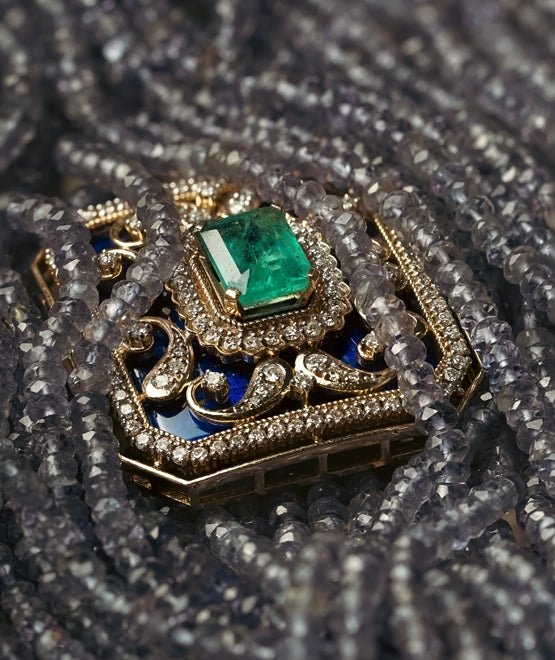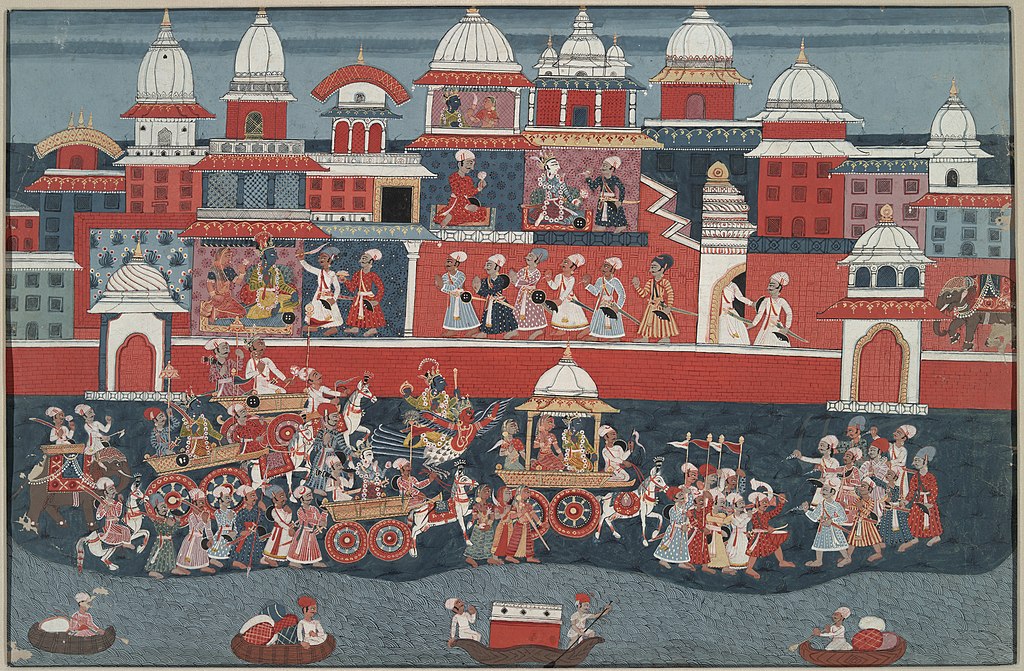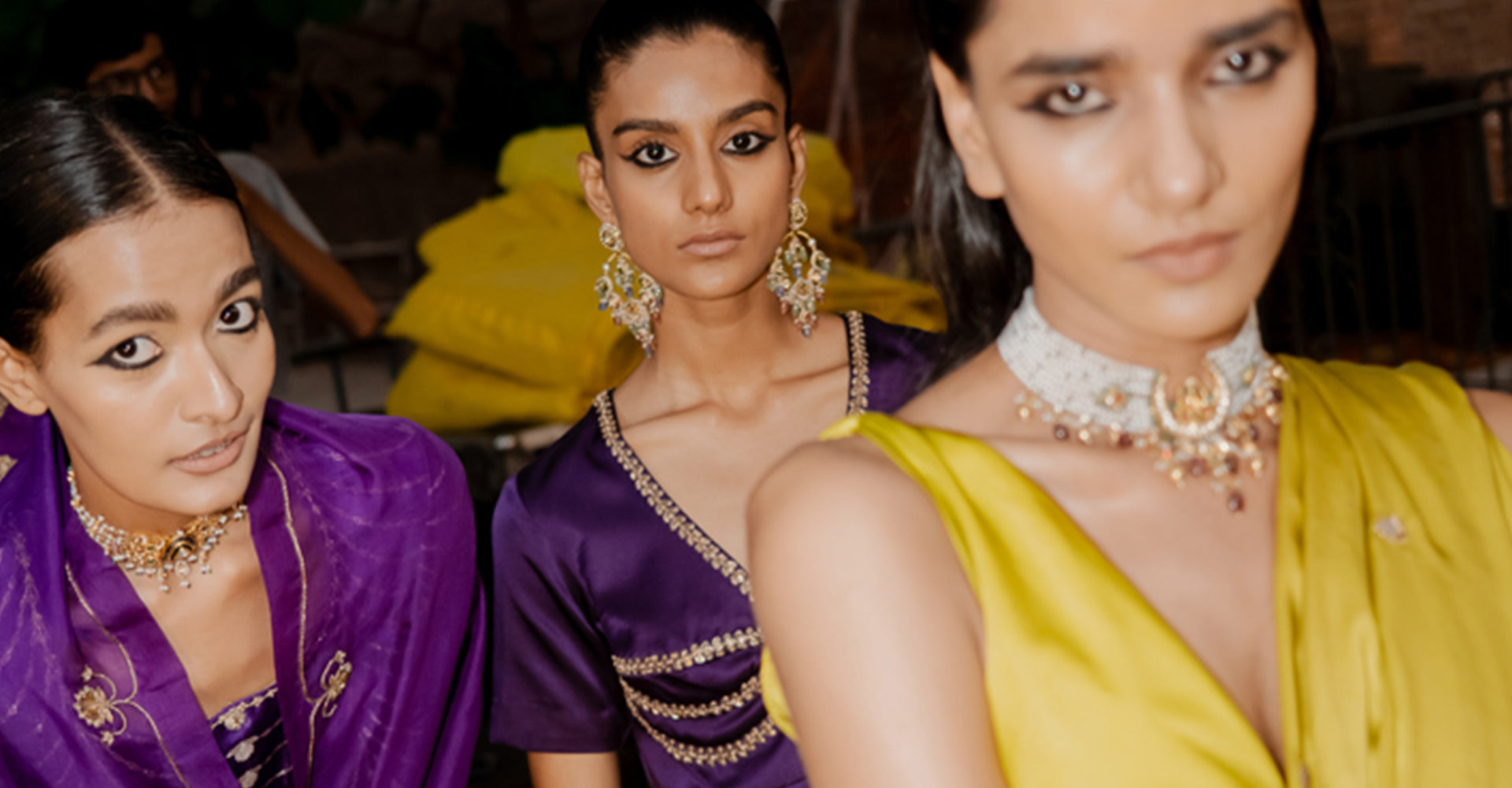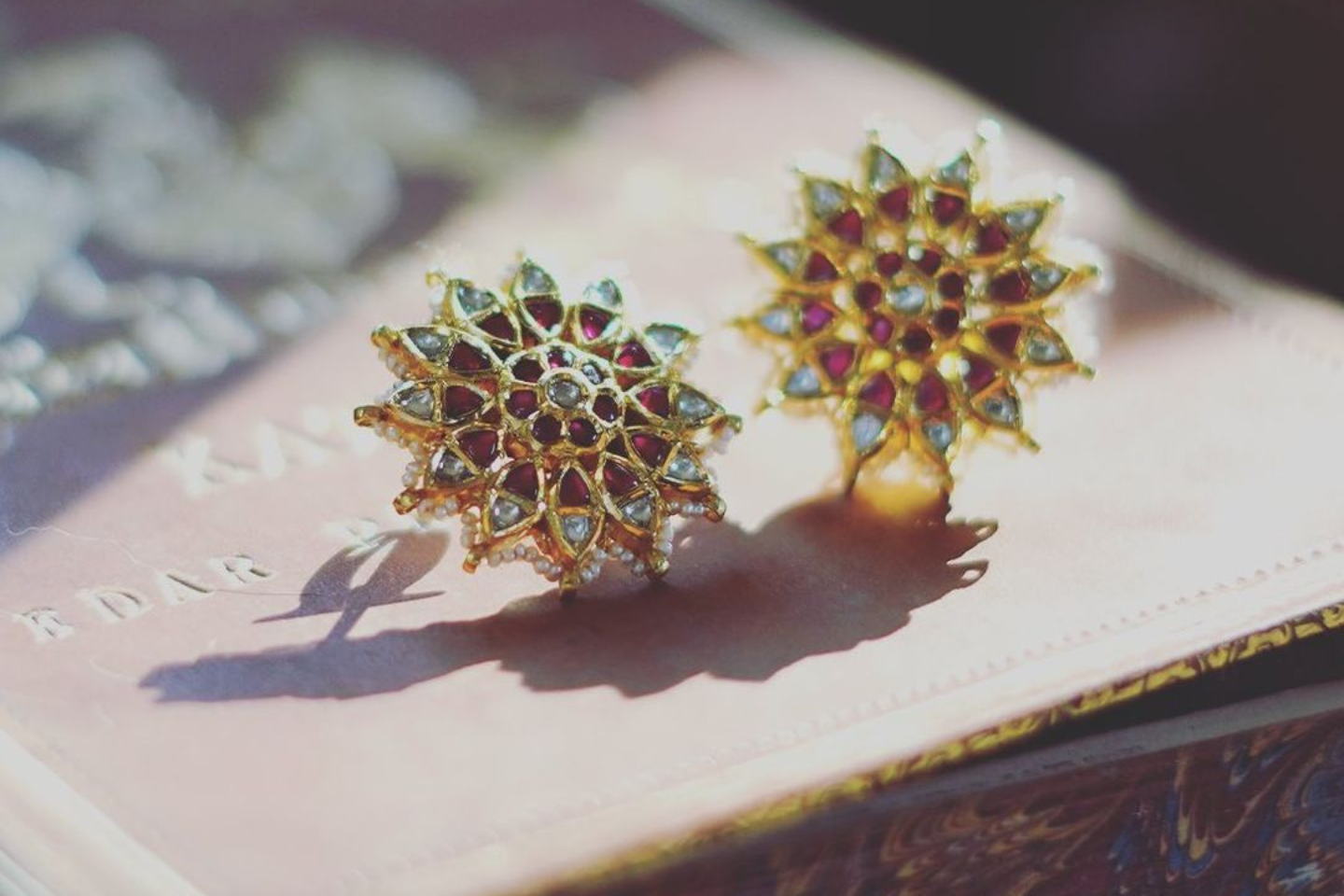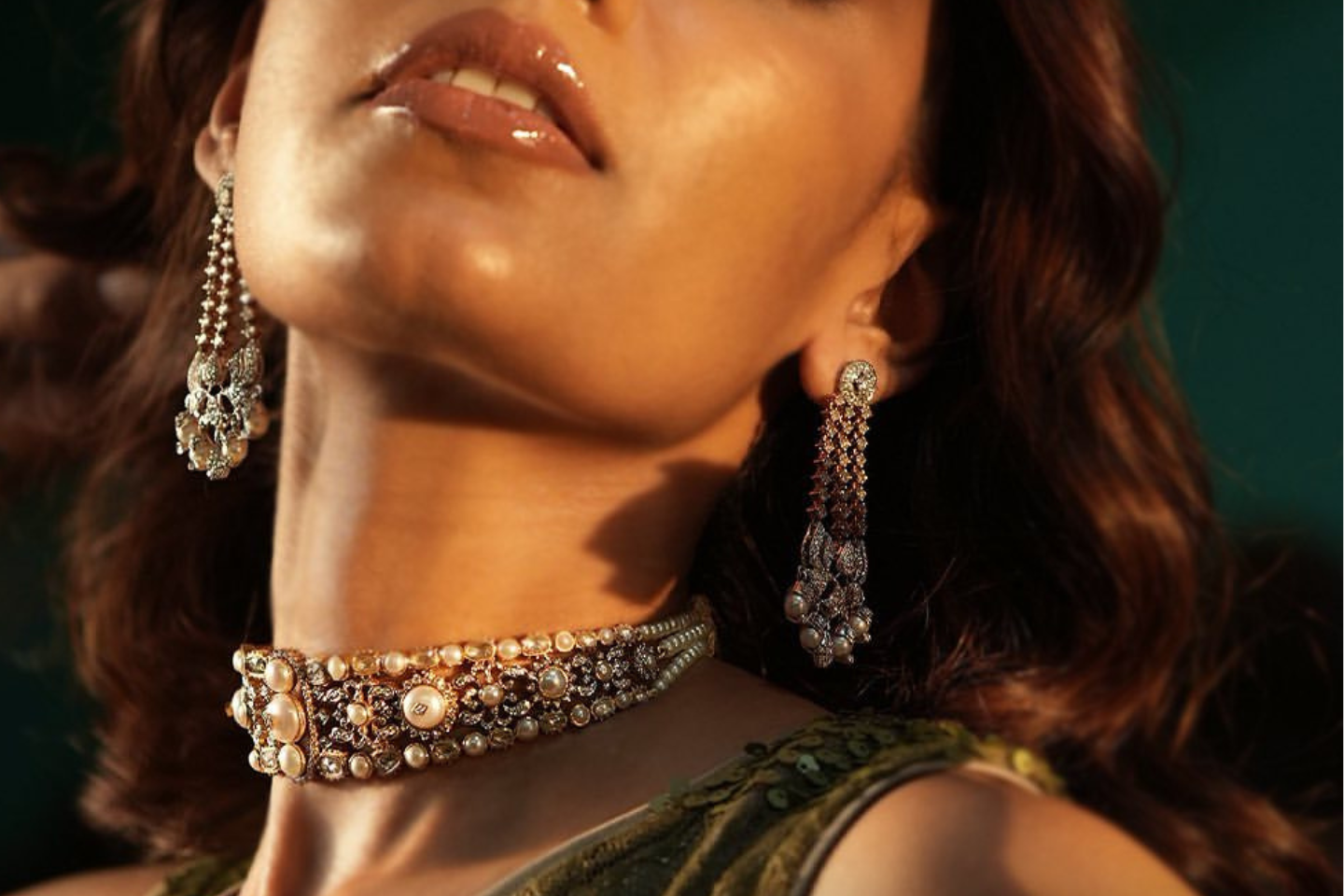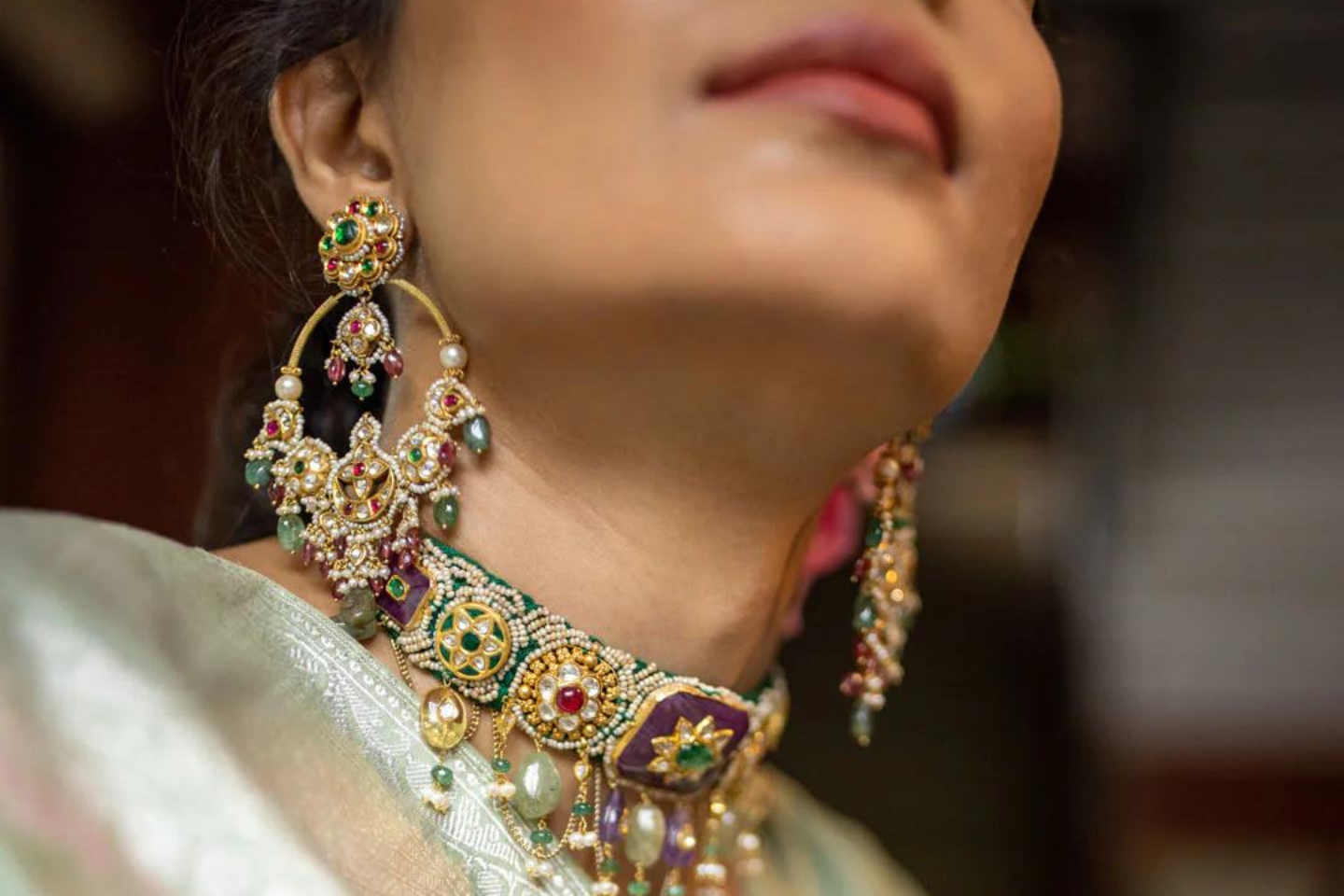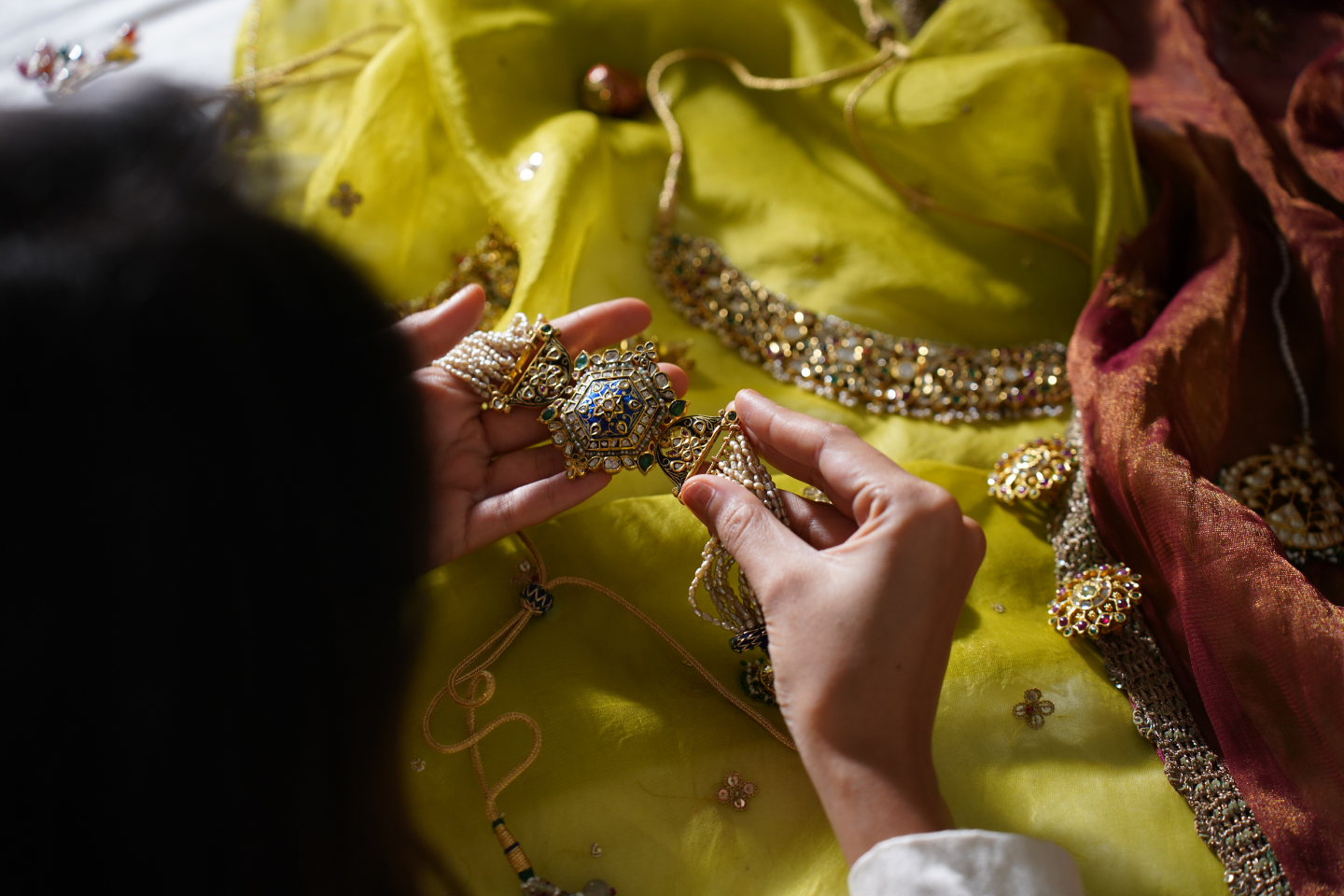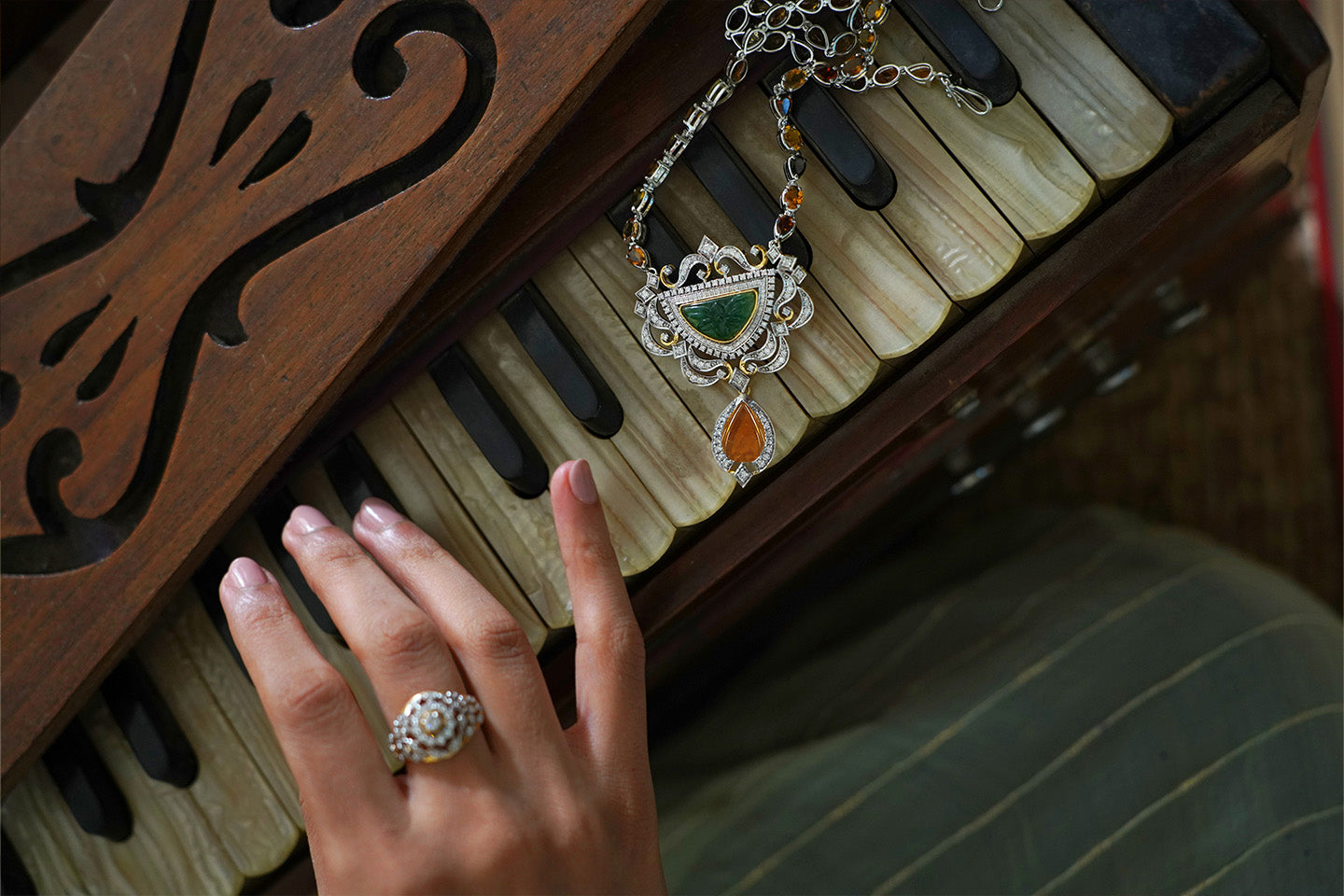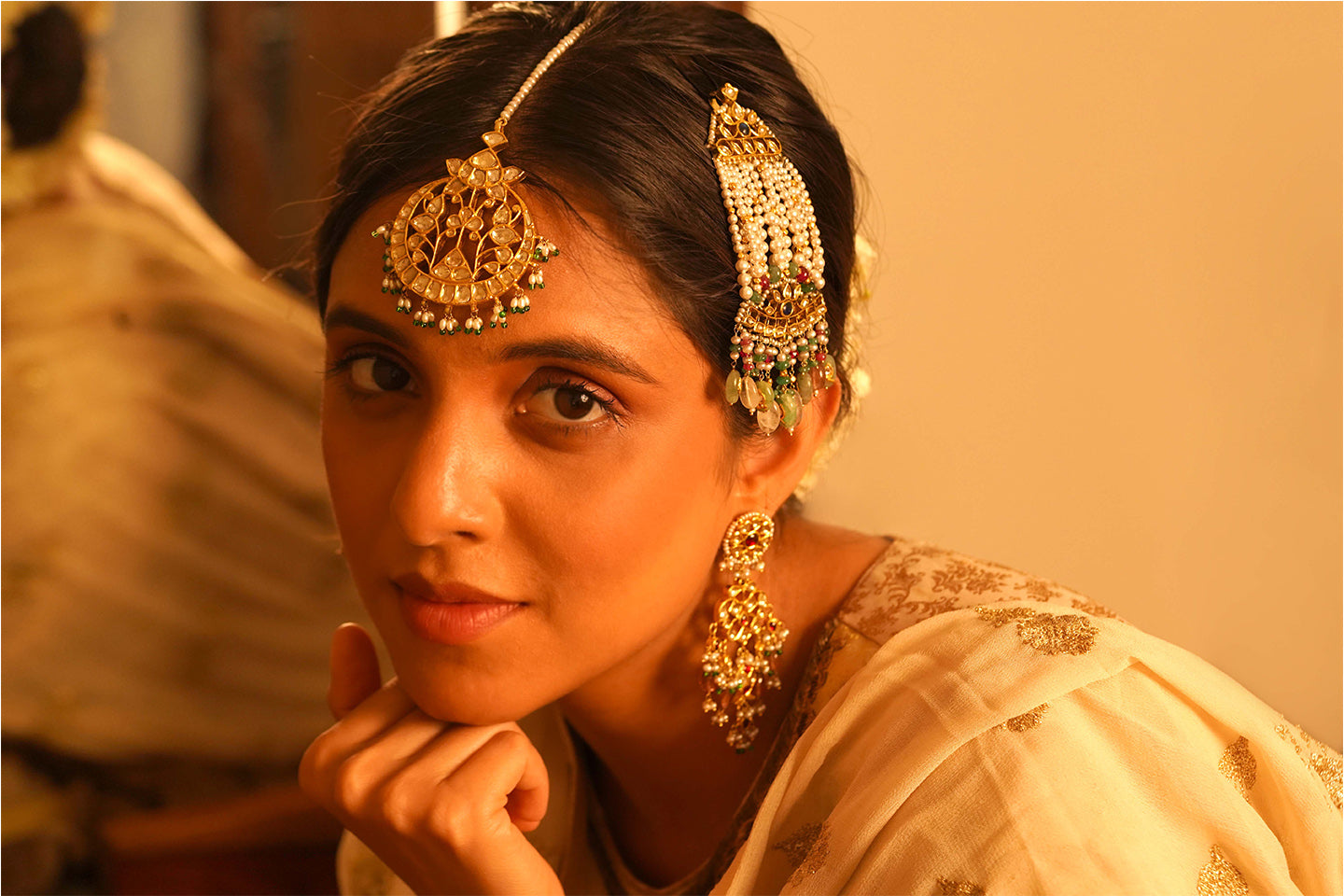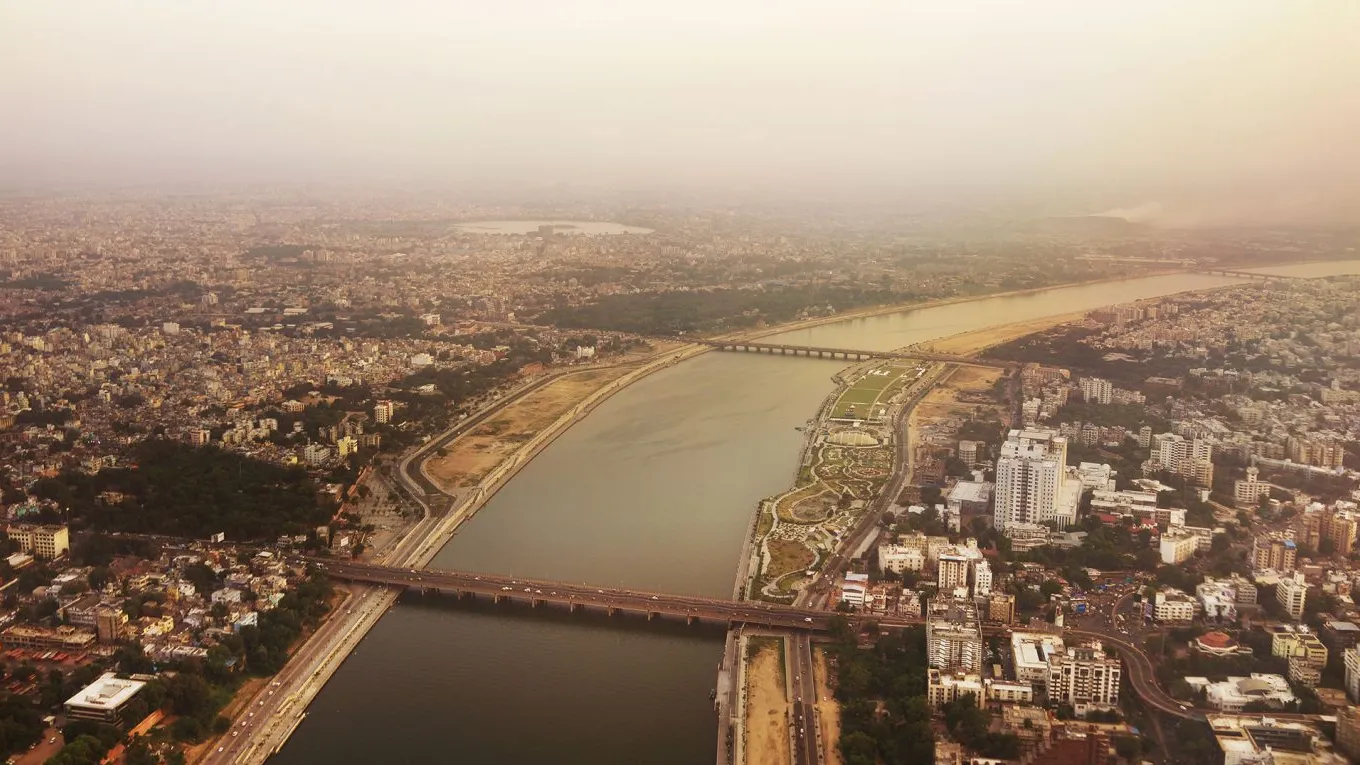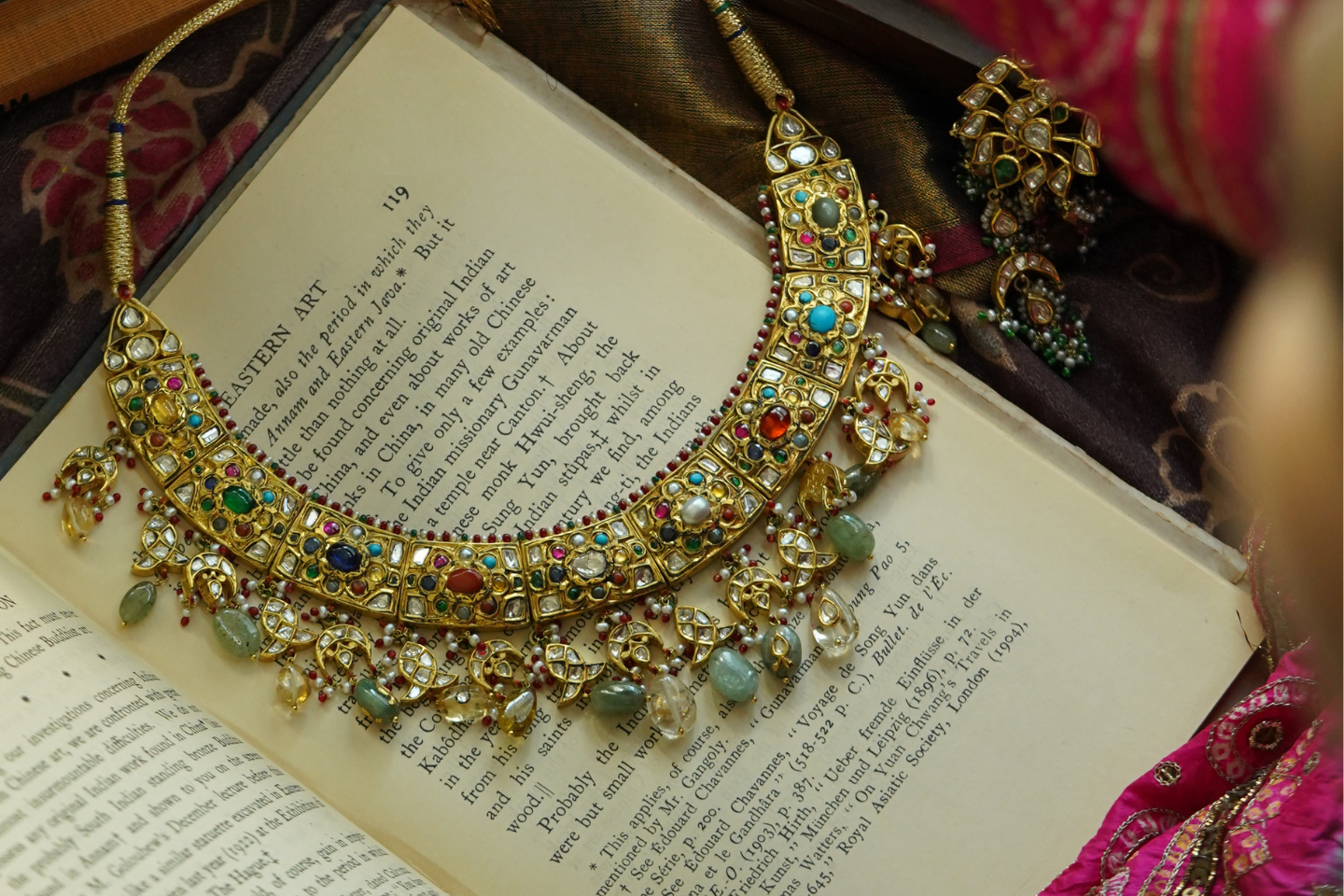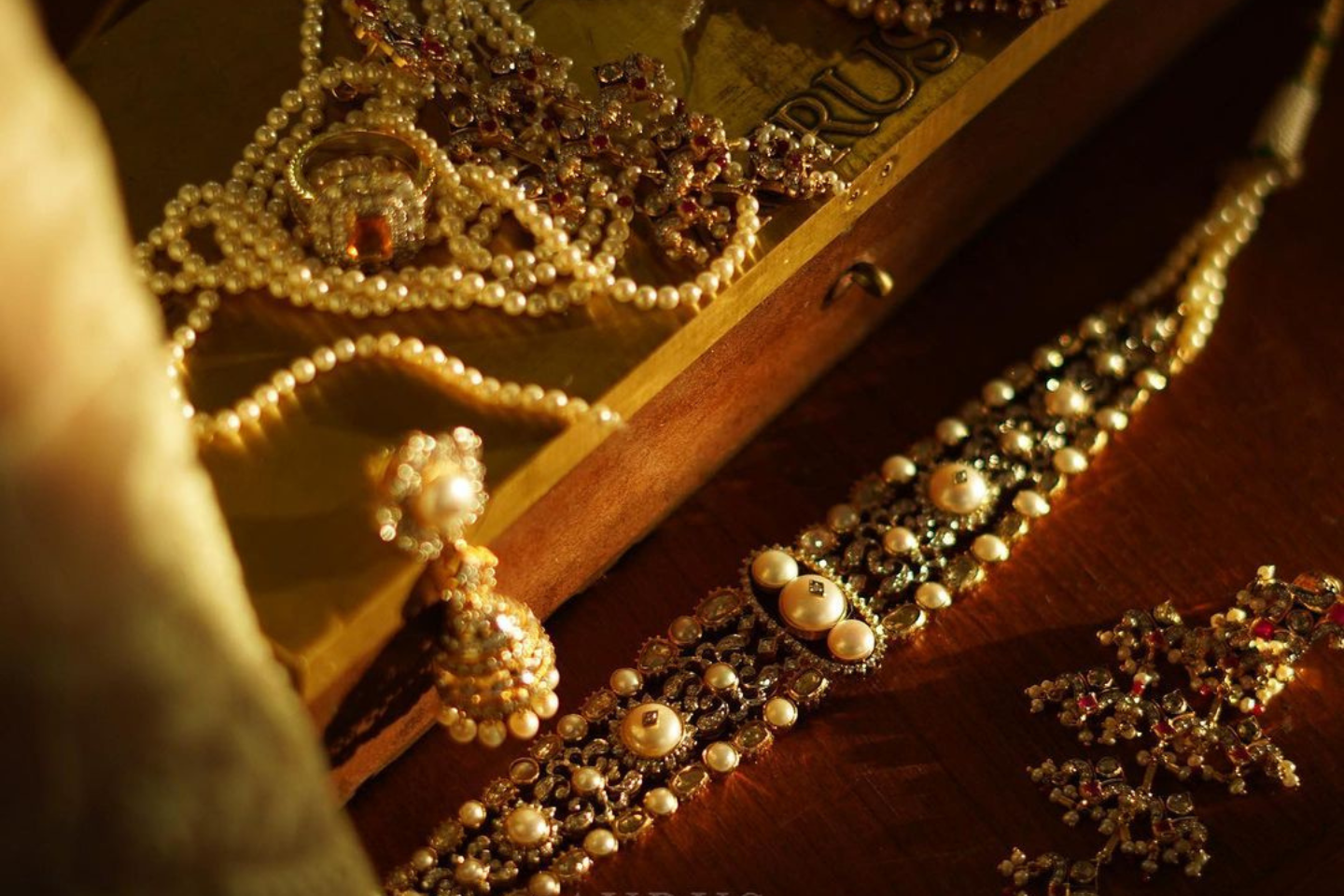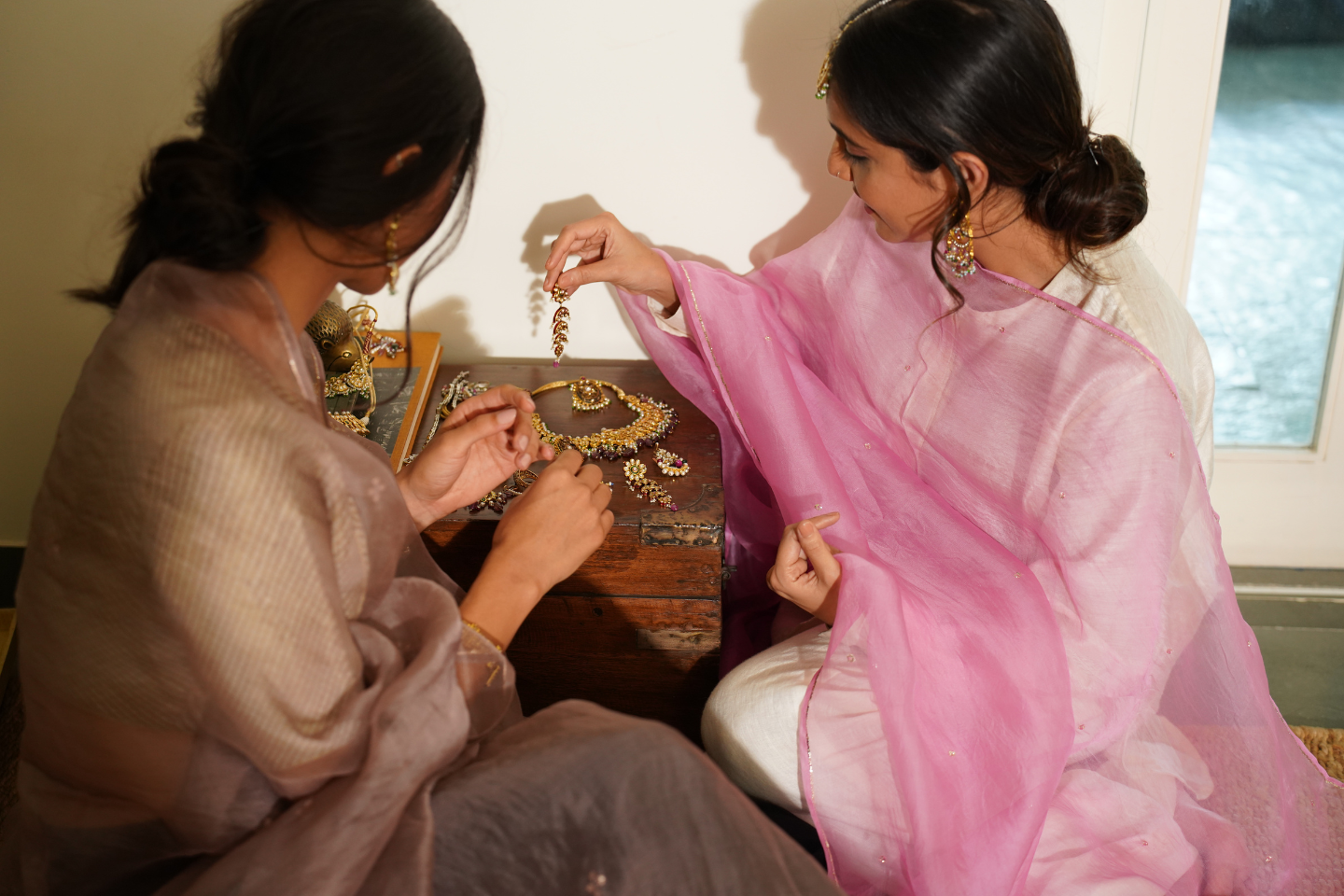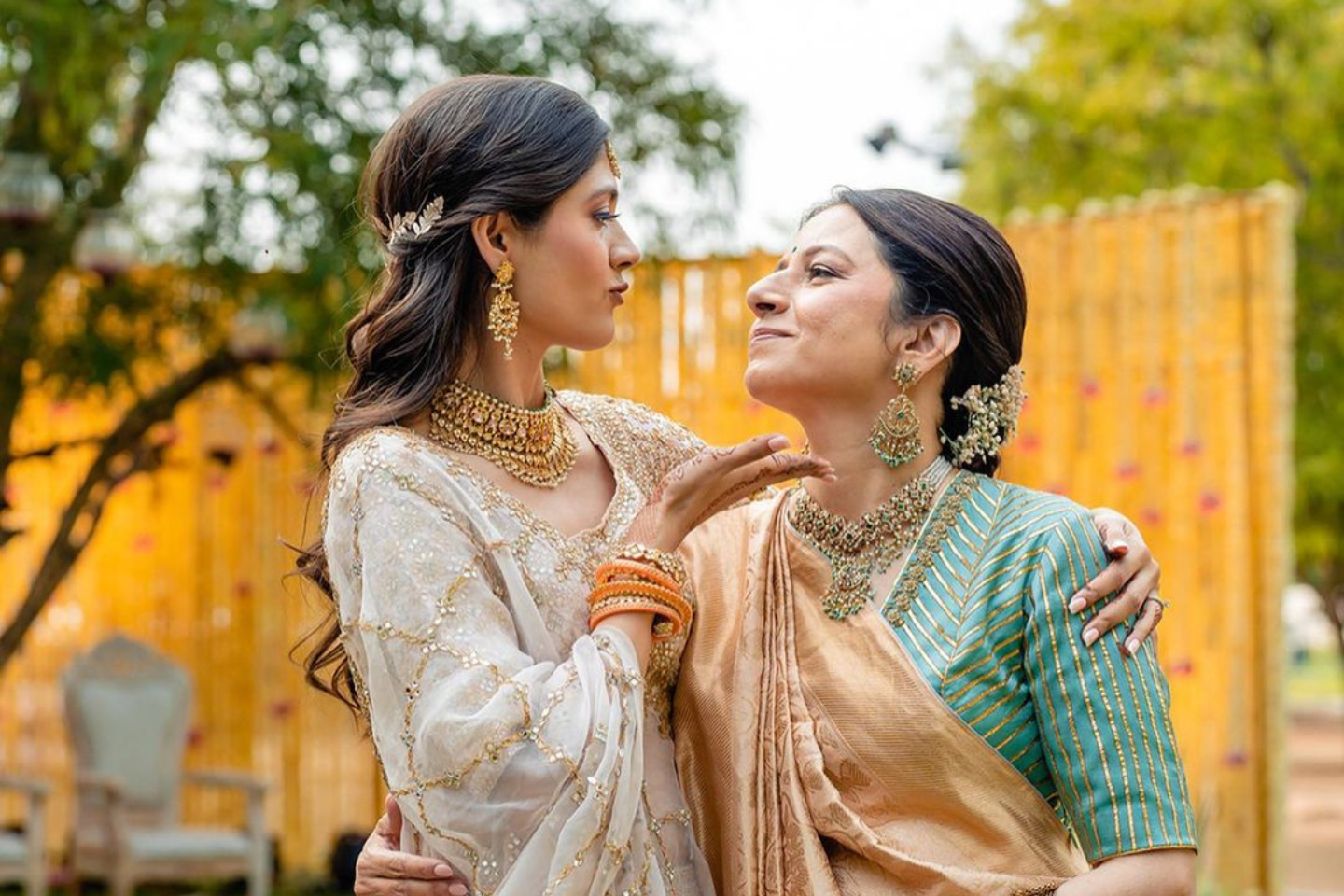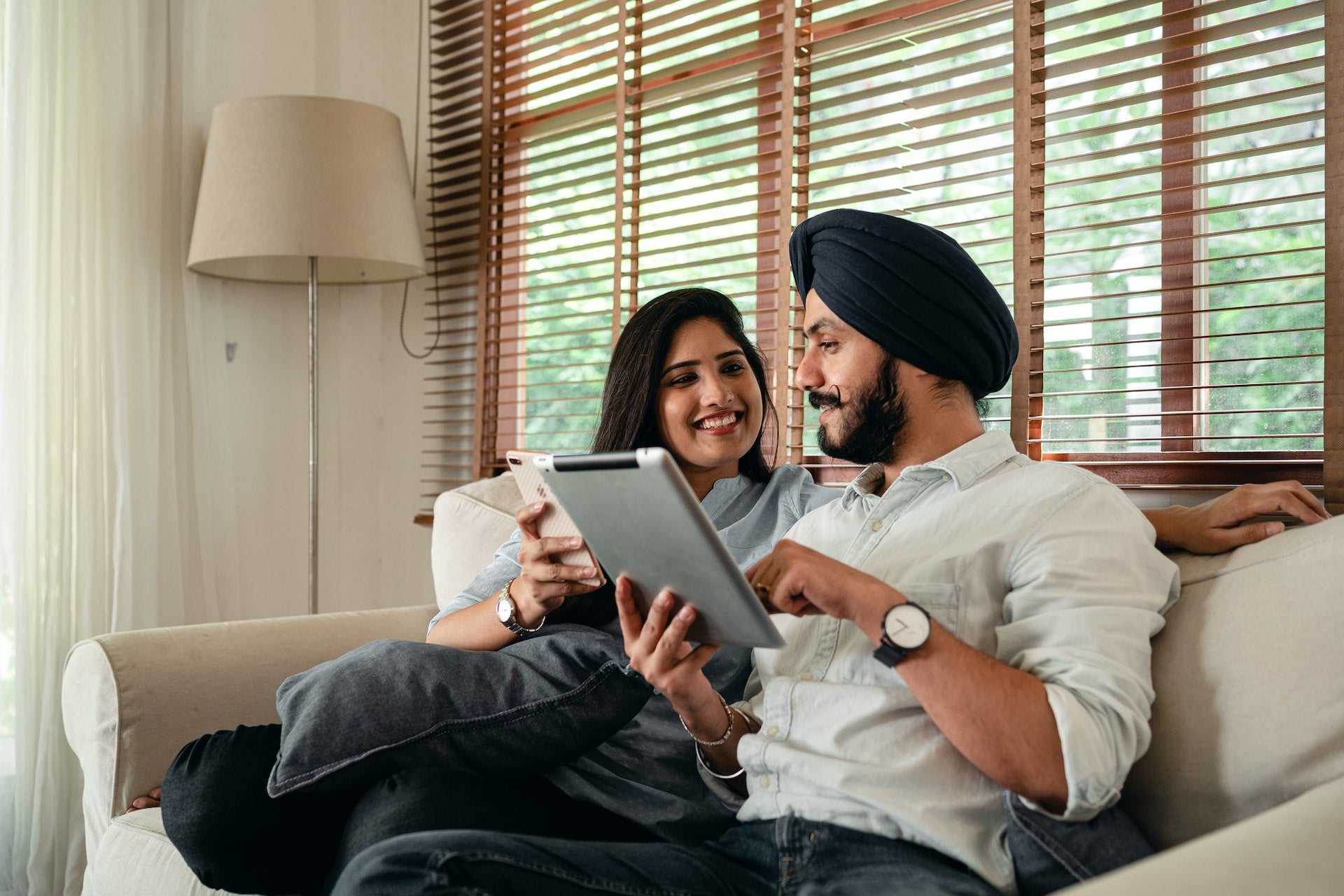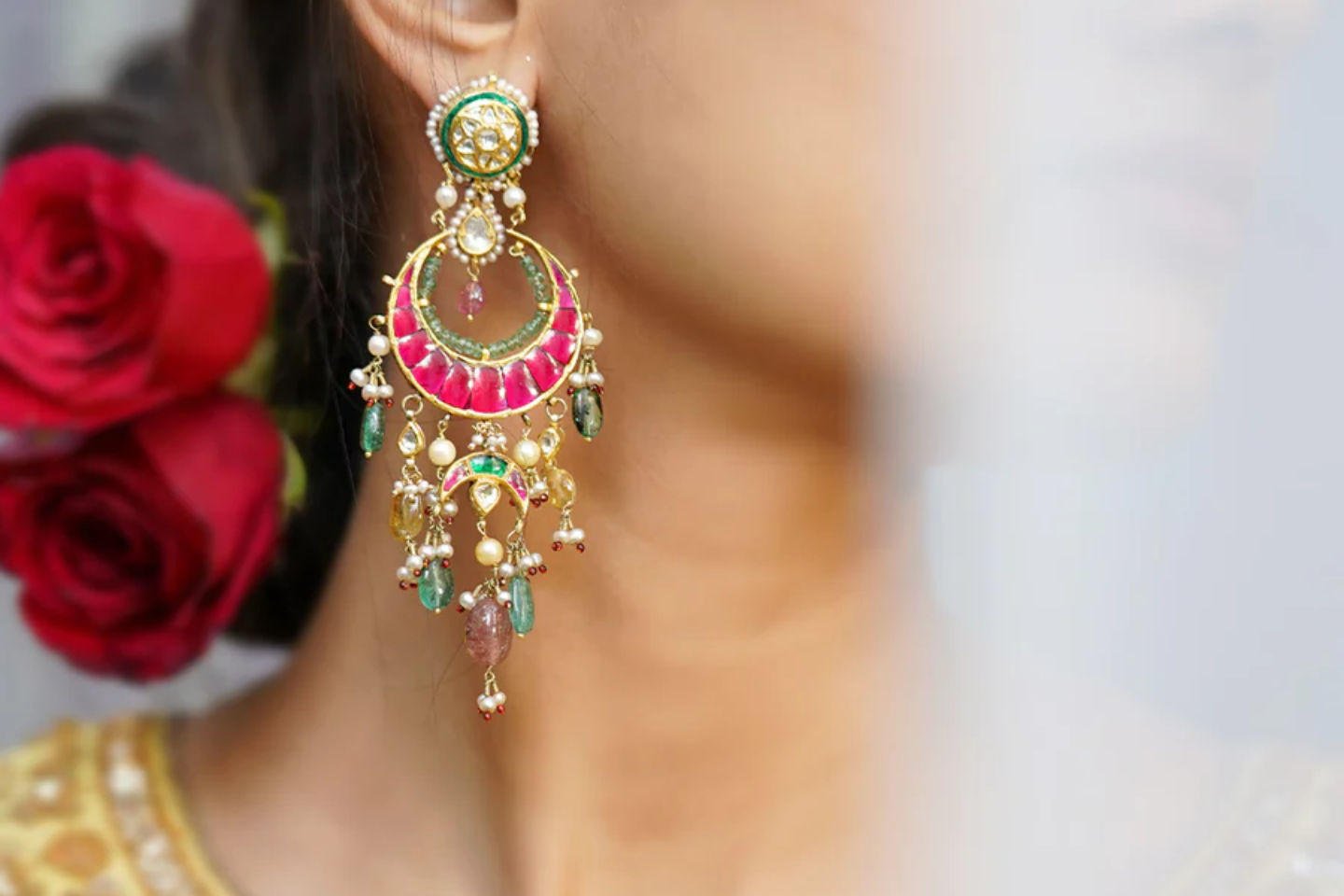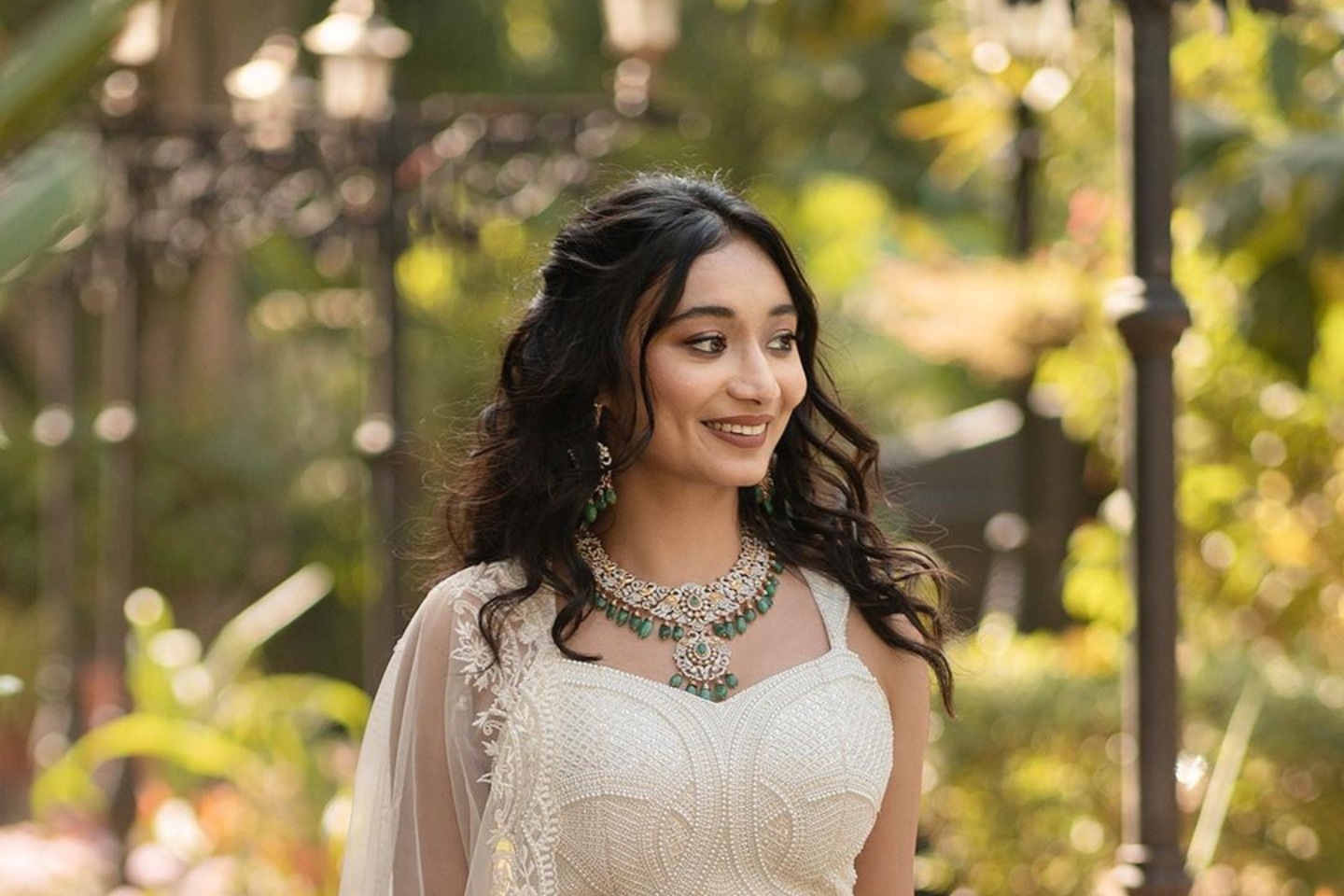If you’re looking for something where you can find absolute fun and frolic, pumped-up music, vivid colors, scrumptious food, enjoyable company, and a hint of culture and traditions, then look no further than an Indian wedding—the perfect mix of everything above and a lot more!
Every Indian wedding is a complete movie in its own right. While different cultures across the country may have certain different rituals, the amusement, laughter, warmth, love, respect, and emotions are the same.
Common Terms To Know if You’re Attending an Indian Wedding
If you’re going to attend an Indian wedding, there are certain terms that you must know and we’re going to take a look at some of the most common ones! We’ll also breeze through some lesser-known terms limited to cultures across the country.
Roka

Image courtesy: Wikimedia Commons
The Roka ceremony is the first step toward the journey of holy matrimony. Both the boy and girl agree to get married, and the participating families begin their journey by exchanging dry fruits and sweets. It serves as both a family announcement and a cue to the outer world.
Sagaai

Image courtesy: Pexels
Sagaai is nothing but the engagement ceremony, in which members of both families gather to mark the public announcement that the two individuals are about to enter into matrimony.
Mehendi

Image courtesy: Pexels
It is also the name of the Indian wedding ritual in which mehendi, or henna, is applied in stunning, elaborate designs on the hands and feet of the bride. It is customary for the female members of the families of both the bride and groom to apply mehendi on their hands. These days, men have also started participating in the ceremony and applying simple patterns of mehendi on their hands.
Sangeet

Image courtesy: Pexels
This celebration may take place separately from the Mehendi ceremony or in conjunction with it. The ceremony, which is frequently referred to as the “Ladies Sangeet”, occasionally includes intimate friends and family members from both the bride's and the groom's sides and includes singing and dancing.
Mandap

Image courtesy: Wikimedia Commons
Mandap is the place where the Indian wedding ritual of Saptapadi takes place. It is generally a four-pillared canopy elaborately decorated in bright colors and flowers.
Haldi

Image courtesy: PixaHive
As with Mehendi, it is also the name of the ceremony that generally takes place on the morning of the wedding, in which a paste of haldi (turmeric), oil, gram-flour, milk/curd, and certain other natural ingredients is applied on the face and bodies of both the bride and groom. Its application signifies their purification from all impurities prior to their shared journey.
Baraat

Image courtesy: Wikimedia Commons
Baraat is a procession in which the groom, traditionally on a mare, and his family, arrive at the wedding venue (many a time, the bride’s home). It is customary for the Baraat to be accompanied by a Band that plays songs to which the participants of the procession, called Baraatis, dance.
Varmala

Image courtesy: Pexels
The Varmala ceremony is the exchange of floral garlands by the bride and groom. The ceremony takes place after the groom meets the bride’s mother and takes her blessing, and the Baraat settles in the wedding venue.
Agni

Image courtesy: Wikimedia Commons
Agni is the Hindu God of fire and forms an indispensable part of Hindu Indian weddings. The bride and groom take their seven sacred vows by making seven rounds around the Agni, which is considered to be a witness.
Saat Phere

Image courtesy: Wikimedia Commons
The Saat Phere, is the most important ritual of a Hindu Indian wedding. The bride and the groom take seven rounds around Agni, the holy fire, to mark each of the seven marriage vows. The bride and groom and supposed to complete the phera in seven steps. This ritual of taking seven steps is known as Saptapadi.
Sindoor

Image courtesy: Wikimedia Commons
Sindoor, or vermillion, is a red-colored powder considered highly auspicious and an important symbol of marriage for Hindu women. It is applied for the first time by the husband on the day of the wedding and hereafter, the woman applies it every day. The ceremony is called Sindoor Daan.
Vidaai

Image courtesy: Pexels
Vidaai, also spelled Bidaai, is perhaps the most emotional moment in the entire wedding. It's a tearful goodbye to the bride, who will be joining her spouse's family after leaving her own.
Lesser-Known Indian Wedding Terms From Different Cultures

Image courtesy: rawpixel
Aadyaraathri
A term native to Malayalam weddings, it is composed of two words, “Aadya” (first) and “Rathri” (night), resulting in the meaning “first night”.
Arsi Mushaf
It is a customary part of Islamic weddings where the newlyweds get to meet for the first time after the ceremony has been solemnized.
Aathgath
This refers to a gift of money and salt in Kashmiri weddings.
Bou Bhaat
A Bengali wedding ritual in which the bride has her first meal after entering the family of her in-laws.
Bashor Ghor
A ceremony that takes place on the night of the wedding, before Banshi Biye, in which the youngsters in the family tease the newlyweds about their upcoming honeymoon.
Banshi Biye
It is a kind of second wedding that takes place between the newly married couple on the next day of their wedding. The pair must stay awake the entire night after the seven holy steps. The newlyweds return to the mandap the following morning after sunrise. In the presence of the priest, people salute and worship the sun deity here. Following this, the groom uses a gold ring or gold coin to apply Sindoor on the head of his bride.
Cheka
Another name for the engagement ceremony in Bihari weddings.
Devar Samardhne
A unique ceremony in Kannada Brahmin weddings where the couples seek the Almighty for blessings and pray for a prosperous future together.
Gae Halud Tattava
A traditional Bengali wedding ceremony in which presents are sent to the bride's home.
Garhi–Bukhi
A unique “puja” for the bride's and groom's mothers as a ritual in Sindhi weddings. Both the bride's and the groom's homes participate in this tradition at the same time.
Ghara Gharoli
A ritual in Punjabi weddings in which a decorated pitcher of water (gharoli) is brought for the bride's bath by the bride's bhabhi (brother's wife).
Ghidhari
A prayer ritual in Bihari weddings in which the family's deceased ancestors are invited to the wedding.
Jago
A ceremony typical of traditional Punjabi weddings in which the family of the bride dances and sings in the wedding home in the last hours of the night before the wedding.
Laaja Homam
A ritual in which puffed rice is offered to the sacred fire.
Manziraat
The Mehendi ritual of Kashmiri weddings.
Milni
A ritual typical of Sikh weddings in which the formal introductions of senior men in the families take place.
Nikah
The Arabic word for a wedding ceremony in Islamic weddings.
Tattava
A Bengali wedding tradition in which the families of the bride and groom exchange gifts.
Thaalikettu
A ceremony typical to South Indian weddings in which the husband ties the Thaali, the wedding necklace, around the neck of his new wife.
Varapooje
A Kannada Brahmin wedding ritual a day before the wedding to welcome the groom and his family.
Vridhdhi
A Bengali wedding ritual in which respect is shown to the families' deceased ancestors.
